#engineering mathematics
Explore tagged Tumblr posts
Text
*Simple way to learn Engineering Mathematics - Linear Algebra Determinants. Please press 🔔 to *SUBSCRIBE the channel, LIKE ✅ & SHARE ⏩ to the students who are interested in online learning of maths. Once SUBSCRIBE, he or she will get the automatic notification of new VIDEO upload 📚 https://youtube.com/playlist?list=PLXty9dIfmxj_kWvR8s3vHUkOLp-_nW4eP&si=obCJDOLLr1VWu8DR
#maths_clinic_okc#mathscliniccounseling#maths simple tricks#engineering mathematics#youtube#determinants#linear algebra
11 notes
·
View notes
Text
Check out our latest blog on Engineering Mathematics! Boost your understanding with expert video lectures on key mathematical concepts for B.E./B.Tech students.
#engineering#engineering mathematics#engineering video lectures#learn with magic marks#online education
0 notes
Text




Follow us for more science memes 🤓
354 notes
·
View notes
Text
The Stormlight Archive is great because it has Women in STEM
Soulcasting people to death
Tinkering with cool gizmos
Eating the food right off your starvin' plate
Mommy? Sorry. Mommy- Sorry, Mommy? Sorry. Mommy? Sorry. Mommy? Sorry. Mommy?
#it's also got women in science technology engineering and mathematics#but i kinda like my list better#cosmere#brandon sanderson#stormlight archive
157 notes
·
View notes
Text
Tesla’s Wardenclyffe Tower: Built on Sound Math, Undone by Cost and Misunderstanding

Let’s set the record straight—Nikola Tesla’s Wardenclyffe Tower was a high-voltage experimental transmission system grounded in quarter-wave resonance and electrostatic conduction—not Hertzian radiation. And the math behind it? It was solid—just often misunderstood by people applying the wrong physics.
In May 1901, Tesla calculated that to set the Earth into electrical resonance, he needed a quarter-wavelength system with a total conductor length of about 225,000 cm, or 738 feet.
So Tesla’s tower design had to evolve during construction. In a letter dated September 13, 1901, to architect Stanford White, Tesla wrote: “We cannot build that tower as outlined.” He scaled the visible height down to 200 feet. The final structure—based on photographic evidence and Tesla’s own testimony—stood at approximately 187 feet above ground. To meet the required electrical length, Tesla engineered a system that combined spiral coil geometry, an elevated terminal, a 120-foot vertical shaft extending underground, and radial pipes buried outward for approximately 300 feet. This subterranean network, together with the 187-foot tower and carefully tuned inductance, formed a continuous resonant conductor that matched Tesla’s target of 738 feet. He described this strategy in his 1897 patent (No. 593,138) and expanded on it in his 1900 and 1914 patents, showing how to simulate a longer conductor using high-frequency, resonant components. Even with a reduced visible height, Tesla’s system achieved quarter-wave resonance by completing the rest underground—proving that the tower’s electrical length, not its physical height, was what really mattered.
Tesla calculated his voltages to be around 10 million statvolts (roughly 3.3 billion volts in modern SI), so he had to consider corona discharge and dielectric breakdown. That’s why the terminal was designed with large, smooth spherical surfaces—to minimize electric surface density and reduce energy loss. This was no afterthought; it’s a core feature of his 1914 patent and clearly illustrated in his design sketches.
Now, about that ±16 volt swing across the Earth—what was Tesla talking about?
He modeled the Earth as a conductive sphere with a known electrostatic capacity. Using the relation:
ε × P = C × p
Where:
ε is the terminal’s capacitance (estimated at 1,000 cm)
P is the applied voltage (10⁷ statvolts)
C is the Earth’s capacitance, which Tesla estimated at 5.724 × 10⁸ cm (based on the Earth’s size)
p is the resulting voltage swing across the Earth
Plugging in the numbers gives p ≈ 17.5 volts, which Tesla rounded to ±16 volts. That’s a theoretical 32-volt peak-to-peak swing globally—not a trivial claim, but one rooted in his framework.
Modern recalculations, based on updated geophysical models, suggest a smaller swing—closer to ±7 volts—using a revised Earth capacitance of about 7.1 × 10⁸ cm. But that’s not a knock on Tesla’s math. His original ±16V estimate was fully consistent with the cgs system and the best data available in 1901, where the Earth was treated as a uniformly conductive sphere.
The difference between 7 and 16 volts isn’t about wrong numbers—it’s about evolving assumptions. Tesla wrote the equation. Others just adjusted the inputs. His premise—that the Earth could be set into controlled electrical resonance—still stands. Even if the voltage swing changes. The vision didn’t.
Wouldn't that ±16V swing affect nature or people? Not directly. It wasn’t a shock or discharge—it was a global oscillation in Earth’s electric potential, spread evenly across vast distances. The voltage gradient would be tiny at any given point—far less than what’s generated by everyday static electricity. Unless something was specifically tuned to resonate with Tesla’s system, the swing had no noticeable effect on people, animals, or the environment. It was a theoretical signature of resonance, not a hazard. While some early experiments in Colorado Springs did produce disruptive effects—like sparks from metal objects or spooked horses—those involved untuned, high-voltage discharges during Tesla’s exploratory phase. Wardenclyffe, by contrast, was a refined and carefully grounded system, engineered specifically to minimize leakage, discharge, and unintended effects.
And Tesla wasn’t trying to blast raw power through the ground. He described the system as one that would “ring the Earth like a bell,” using sharp, high-voltage impulses at a resonant frequency to create standing waves. As he put it:
“The secondary circuit increases the amplitude only... the actual power is only that supplied by the primary.” —Tesla, Oct. 15, 1901
Receivers, tuned to the same frequency, could tap into the Earth’s oscillating potential—not by intercepting radiated energy, but by coupling to the Earth’s own motion. That ±16V swing wasn’t a bug—it was the signature of resonance. Tesla’s transmitter generated it by pumping high-frequency, high-voltage impulses into the Earth, causing the surface potential to oscillate globally. That swing wasn’t the energy itself—it acted like a resonant “carrier.” Once the Earth was ringing at the right frequency, Tesla could send sharp impulses through it almost instantly, and tuned receivers could extract energy.
So—was it feasible?
According to Tesla’s own patents and 1916 legal testimony, yes. He accounted for insulation, voltage gradients, tuning, and corona losses. His design didn’t rely on brute force, but on resonant rise and impulse excitation. Tesla even addressed concerns over losses in the Earth—his system treated the planet not as a passive resistor but as an active component of the circuit, capable of sustaining standing waves.
Wardenclyffe wasn’t a failure of science. It was a casualty of cost, politics, and misunderstanding. Tesla’s system wasn’t just about wireless power—it was about turning the entire planet into a resonant electrical system. His use of electrostatics, high-frequency resonance, and spherical terminals was decades ahead of its time—and still worth studying today.
“The present is theirs; the future, for which I really worked, is mine.” —Nikola Tesla
#nikola tesla#science#history#quotes#electricity#wireless#technology#mathematics#math#engineering#power#Wardenclyffe#ahead of his time#ahead of our time
78 notes
·
View notes
Text

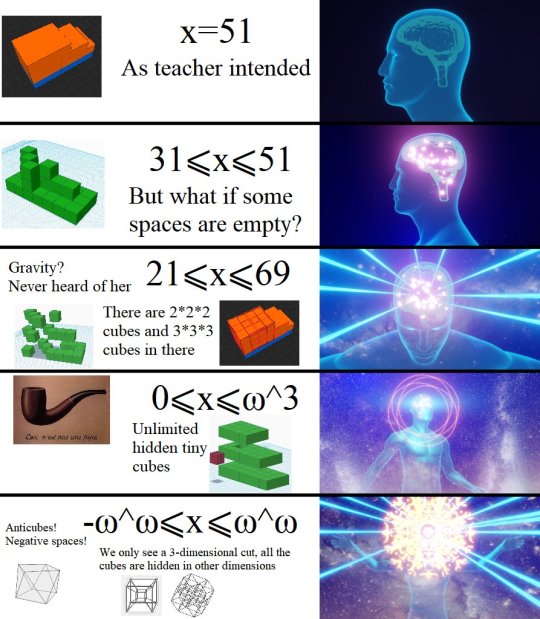
511 notes
·
View notes
Text
Ontario says it will invest $750 million to boost funding for science, technology, engineering and mathematics programs at colleges and universities across the province. Colleges and Universities Minister Nolan Quinn says the funding will be used to fund 20,500 STEM spots per year. Quinn says the investment in students will help create a more resilient economy, which has been hurting recently with U.S. President Donald Trump's escalating trade war.
Continue Reading
Tagging: @newsfromstolenland
#education#university#science#technology#engineering#mathematics#trade war#ontario#cdnpoli#canadian politics#canadian news#canada
76 notes
·
View notes
Text
nerd fight
my money's on geologist or engineer but I'm the one making the poll so I can't vote
feel free to reblog with reasons why you think your chosen STEM nerd would win in a fight against all the others
edit: for some reason I can vote
#tumblr polls#polls#poll#stem#stemblr#maths#mathematics#math#mathblr#physics#computer science#comp sci#engineering#chemistry#biology#geology#mathematician#physicist#computer scientist#chemist#biologist#geologist#fight#science#scientist
606 notes
·
View notes
Text
#science#technology#engineering#mathematics#star trek#star wars#doctor who#babylon 5#stargate#farscape#sf#science fiction
289 notes
·
View notes
Text
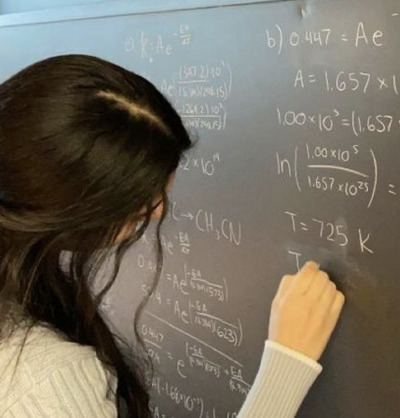
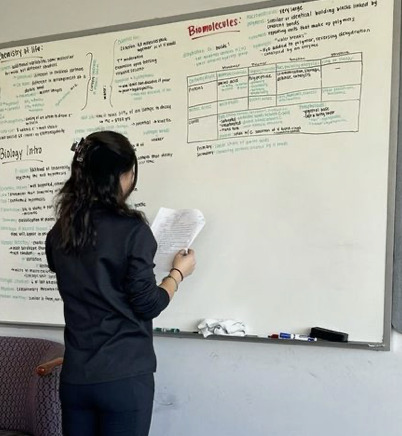
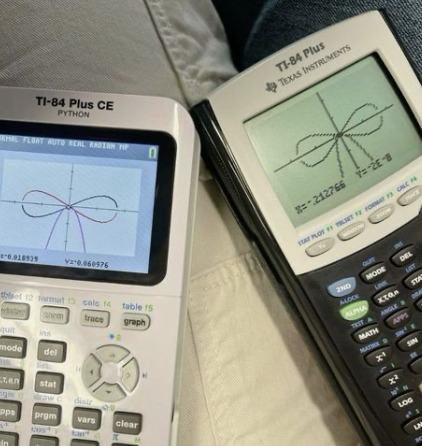
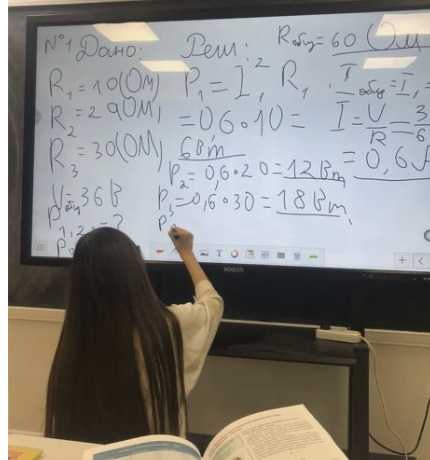
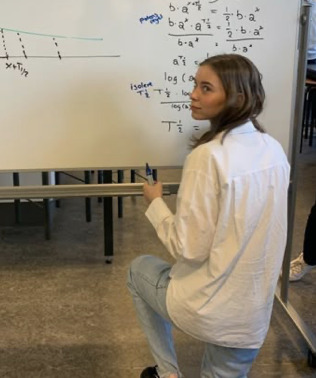
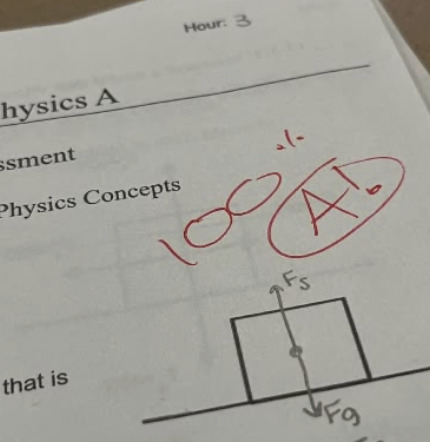
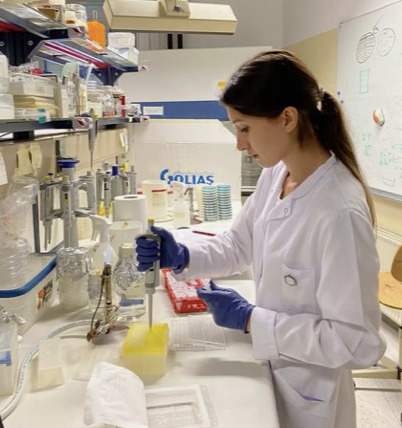
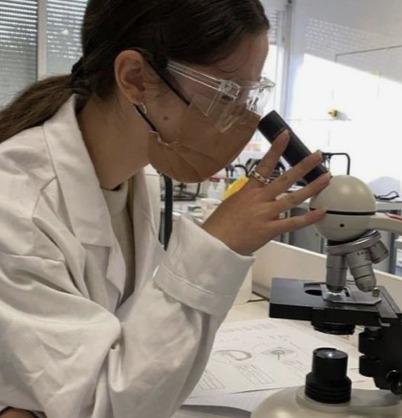
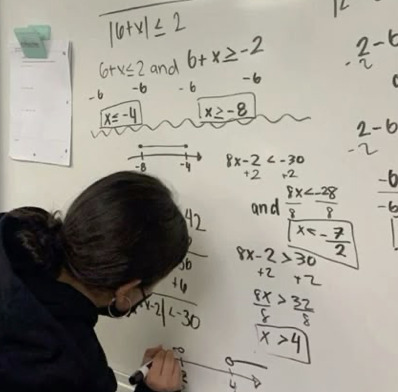
STEM girls. 🪐🔬🧪
#STEM#women in stem#academic weapon#student#rory gilmore aesthetic#moodboard#pinterest#beauty#maths#math#mathematics#science#technology#engineering#romantic academia#academia#dark academia#light academia#classic academia#study inspo#study motivation#vintage#aesthetic#pinterest moodboard
100 notes
·
View notes
Text
Watch full video on linear equations in one variable part 1, SUBSCRIBE 🔔 and Like ☑️ the youtube channel and forward ⏩ to your friends.
#maths_clinic_okc#mathscliniccounseling#maths simple tricks#engineering mathematics#mathematics class 8 -9-10#youtube#highschool mathematics#maths clinic counseling
11 notes
·
View notes
Text
Neptune Planet
Diameter : 30,775 miles ( 49,528 km )
Mass : 102,000 million million million tons
Temperature : -225°C ( extrêmes not available )
Distance from Sun : 2794 million miles ( 4497 million Km )
Length of day : 19.2 hours
Length of year : 164.79 earth years
Surface Gravity : 1 kg = 1.18 kg
#Neptune
#photochallenge #everyoneシ゚ #science #knowledge #spacescience #astronomy #education #physics #Educational #sun #earth #astrology #astronaut #astrophysics #NASA #uk #spaceexploration #university #college #school #spaceshuttle #astrophotography
#solarpower #solarenergy #energy #spacewalk






#positivity#quotes#writing#astro community#astrology#astronomy#books#collage#engineering#home & lifestyle#physics#mathematics#education#school#spacescience#space#aircraft#airport#airplane#nasa#team rocket#reading#knowledge#learning#usa#university#english#language#astrophysics#astro observations
38 notes
·
View notes
Text

#IFTTT#Flickr#money#industry#engineering#science#business#research#chemistry#electricity#physics#mathematics#astronomy#1956#scientist#nuclearpower#atomicpower#theatom#atomsforpeace
68 notes
·
View notes
Text
in 20 words or less tell me a quick fun fact from your field of study, please

#archaeology#biology#anatomy#musicology#film#psychology#psychiatry#meteorology#geology#mathematics#literature#linguistics#zoology#botany#music#finance#economy#idk im just feeling curious rn!!#geography#engineering#astronomy#oncology#environmental science
31 notes
·
View notes
Text
i need more mutuals who are into coding and engineering!! more info under the cut!!
I planned to become an electrical engineer like my stepdad but then I decided to change my path to programming. I'm currently studying at technikum (<- wikipedia link so I don't have to explain the whole polish learning system), programmer major.
this year I have exams from web development (10th Jan - theory, 16th Jan - practical exams) and next year I have exams from App development (both mobile and desktop).
I know C family languages, Java, Python and those ones I am currently using. I also know a bit of Kotlin and I think I will continue learning it.
For web dev I know HTML and CSS ofc but also PHP and JS.
Planning on learning more languages I can use for App and operating system development as well as just to know them cause I want to after this year's exams!
my learning list:
Lua (I heard it's easy but I can't really get myself to read anything about this atm idk why)
Ruby
Assembly
Rust
As for electrical engineering I don't know much tbh but I would like to learn! I just used CAD programs for technical drawings (dad taught me some basic things when I was still thinking about going his path) helped my dad fix things on his Solar farm, houses of our neighbors and I made a few very simple circuits for fun a few years ago. Now I'm mostly focused on programming but since I learned most of the things I need for exams I have more time to do whatever I want now!
I'd like to get to know more people so I can share and mostly learn new things since even though I'm coding for years I consider myself a beginner and I am a total beginner when it comes to electrical engineering.
I'm willing to be friends or at least mutuals with anyone who codes or makes websites or is in STEM! no matter what your specialty/interest is exactly and no matter if you are a total beginner or a professional ^__^
I'd also like to have some mutuals who are into old web development and retro computing!!!!!!!!
edit: I forgot but I'm also interested in physics and quantum physics
#dear.diary୨୧#stemblr#women in stem#stem#programming#coding#web development#web design#old web#retrocomputing#computing#engineering#technology#techindustry#computers#computer#templeos#terry a davis#terry davis#linux#open source#github#calculus#physics#quantum physics#mathblr#mathematics
38 notes
·
View notes
Text
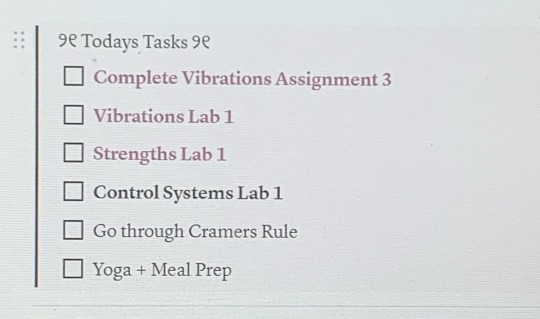
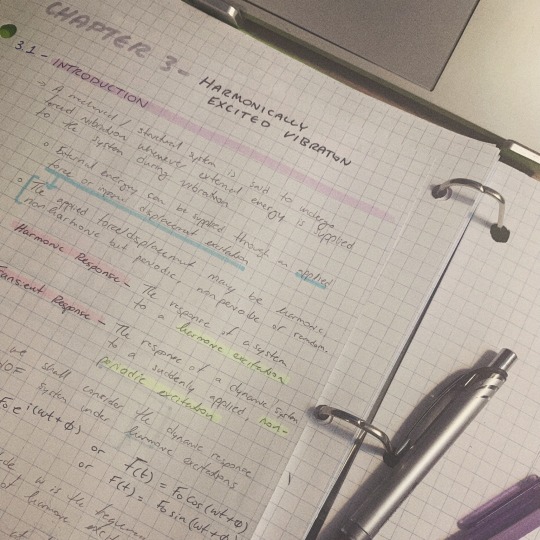
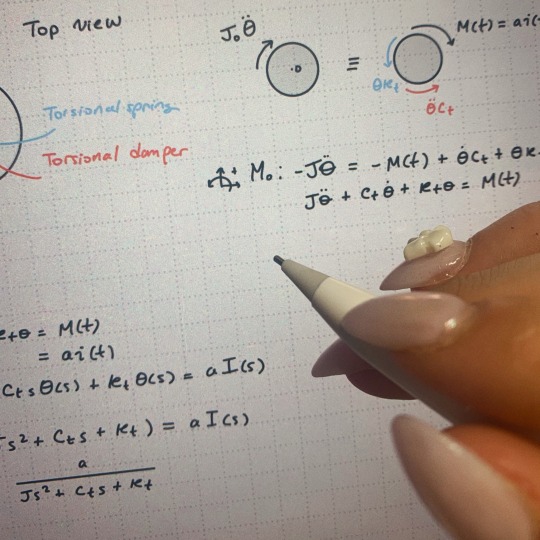
1/26/2025
Some of today’s tasks, I find that I always overfill my task list.
I’m entering chapter 3 harmonically excited vibration and I’m still a bit confused but I’m gonna try my hardest.
I’m recovering from my lung infection, it was at its worst yesterday hence no post.
Happy studying!! (do u like my nails? :3 )
#engineering#mechanical engineering#study#study aesthetic#study blog#studyblr#studystudystudy#academia#study hard#library#stem aesthetic#stem#stemblr#stemeducation#women in stem#stem academia#stem student#dark academia#mathematics#math#mathblr#to do list#productive#productivityboost#study productivity
44 notes
·
View notes